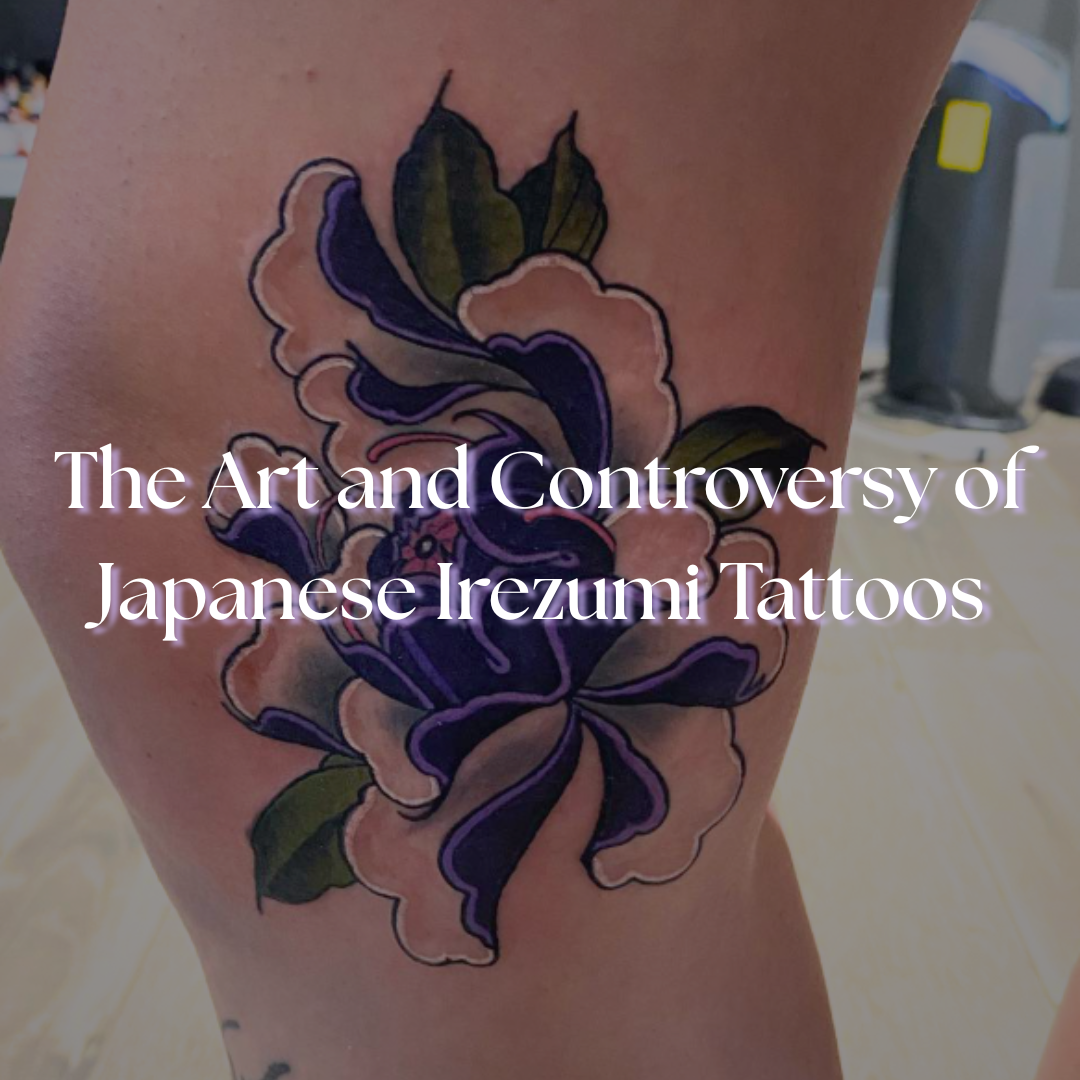Japanese Irezumi tattoos are among the most iconic and culturally significant tattoo styles in the world. These tattoos combine intricate detail, bold symbolism, and deep meaning rooted in Japanese history and myth. However, despite their artistry, Irezumi tattoos still face stigma in modern Japan—largely due to their association with organized crime.
In this article, we’ll dive into the origins of Japanese Irezumi tattoos, explore their traditional symbolism, and examine the cultural tension that surrounds them today.
1. Tracing the Origins of Irezumi
To understand Irezumi, you need to go back thousands of years. Early forms of tattooing in Japan date as far back as 10,000 BCE, when the Jomon people used tattoos for spiritual and tribal purposes. Over time, the meaning and style evolved.
During the Edo period (1603–1868), Irezumi developed into an elaborate and artistic form of body decoration. Since the ruling class imposed clothing restrictions on commoners, many laborers and firemen turned to tattoos as a way to express their identity. Artisans often took inspiration from ukiyo-e woodblock prints, incorporating characters from folklore, mythology, and nature into full-body tattoo designs.
As tattooing flourished, it transformed into a visual language of personal honor and resistance.
2. Symbolism in Japanese Irezumi Tattoos
Each Japanese Irezumi tattoo tells a story. Artists don’t just create images—they craft symbols that represent protection, strength, spirituality, and transformation. Traditional Irezumi is often done by hand using tebori, a meticulous technique involving wooden handles and steel needles. Though many artists now use machines, the symbolic richness remains intact.
Here are some common Irezumi motifs and their meanings:
- Dragons (Ryū): Represent wisdom, power, and protection.
- Koi Fish: Symbolize perseverance and triumph over adversity.
- Tigers: Stand for courage and defense against evil spirits.
- Cherry Blossoms (Sakura): Reflect the fleeting nature of life and the beauty of impermanence.
- Hannya Masks: Express jealousy, sorrow, and the duality of human emotion.
- Fudo Myoo: A deity symbolizing inner strength and protection from evil.
Ultimately, these tattoos carry spiritual and emotional weight, making them more than just decoration.
3. How Irezumi Became Controversial
While Irezumi began as a form of self-expression, it eventually took on a darker reputation. By the 20th century, members of the Yakuza, Japan’s organized crime syndicates, had adopted Irezumi as a sign of loyalty and endurance. Full-body tattoos became a hallmark of gang affiliation, reinforcing a public fear of tattooed individuals.
As a result, Japanese society developed a strong stigma against tattoos. Even today, many public places in Japan—including hot springs, gyms, and swimming pools—prohibit entry to people with visible tattoos. Unfortunately, this ban often applies regardless of the tattoo’s meaning or style.
Because of this, Irezumi remains a taboo topic in its country of origin, even as its artistic value is widely recognized abroad.
4. The Global Rise of Irezumi—and the Cultural Conversation
Despite local stigma, Japanese Irezumi tattoos have gained massive global popularity. Tattoo lovers around the world admire their rich detail, visual storytelling, and historical symbolism. As more international artists learn about the style, Irezumi continues to evolve and blend with other tattoo genres.
However, this popularity comes with responsibility. As interest in Irezumi grows, so does concern about cultural appropriation. Some artists and clients adopt Japanese imagery without understanding its roots, which can strip the tattoos of their cultural and spiritual significance.
If you’re considering getting a Japanese-style tattoo, take the time to learn about its history, meaning, and proper context. Respectful appreciation helps preserve the legacy of this ancient art form.
5. The Future of Japanese Irezumi Tattoos
Fortunately, change is happening. In Japan, younger generations are beginning to question traditional taboos and see tattoos as a legitimate art form rather than criminal markings. Many Japanese tattoo artists now combine traditional tebori techniques with modern tools, creating a fusion that honors heritage while embracing innovation.
As tattoo culture continues to shift globally, Irezumi stands at a fascinating crossroads—caught between tradition and transformation.
Conclusion
Japanese Irezumi tattoos represent more than ink on skin—they carry centuries of meaning, spirituality, and identity. While controversy still surrounds them in Japan, their global appeal continues to grow. If you choose to wear this style of tattoo, you’re not just embracing an aesthetic; you’re stepping into a story that spans generations.
Want to Read another article? Click here to visit our blog! Follow on Instagram(@tattoosbycesarperez) and Facebook(/TattoosByCesargiovanny)

